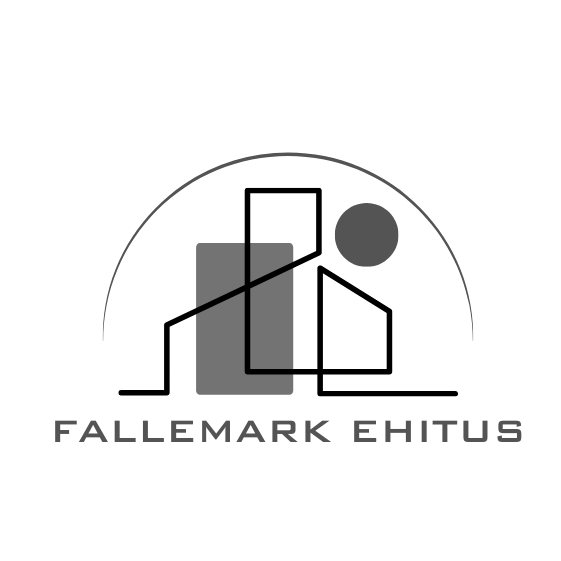5 trends shaping the future of construction and real estate
The construction and real estate sectors are undergoing significant transformations, driven by a combination of technological innovation, environmental concerns, and evolving consumer preferences. As a leading construction company, FALLEMARK EHITUS OÜ is at the forefront of adopting these trends to meet the needs of our diverse clientele. In this post, we explore five key trends that are shaping the future of construction and real estate.
1. Sustainable and Green Building Practices
Energy efficiency is no longer a luxury but a necessity in modern construction. The integration of renewable energy sources, such as solar panels and wind turbines, is becoming commonplace. These practices not only reduce the carbon footprint of buildings but also offer long-term cost savings for property owners.
There is a growing demand for sustainable materials that are durable, recyclable, and have a minimal environmental impact. Innovations in construction techniques also contribute to reducing waste and improving the overall sustainability of projects.
Green certifications, such as LEED and BREEAM, are becoming essential benchmarks for new constructions. Compliance with these standards demonstrates a commitment to sustainability and can significantly enhance the marketability of properties.
2. Technological Advancements in Construction
Building Information Modeling (BIM) has revolutionized the way construction projects are planned, designed, and managed. BIM facilitates better collaboration among stakeholders and can lead to more efficient and error-free construction processes.
Prefabrication and modular construction are gaining traction as they allow for faster, more cost-effective building processes. These methods also contribute to reducing on-site waste and can improve the overall quality of construction.
The use of drones and robotics in construction sites enhances precision and safety. These technologies are instrumental in surveying, monitoring progress, and performing tasks in hazardous environments.
3. The Rise of Smart Homes and Buildings
Smart homes equipped with integrated automation systems are setting new standards for convenience and energy efficiency. These systems allow homeowners to control lighting, heating, and security with the touch of a button.
The Internet of Things (IoT) is making buildings smarter and more responsive. IoT-enabled devices can monitor and manage various aspects of a building's operation, leading to enhanced comfort and reduced operational costs.
Advanced energy management systems are critical for optimizing energy consumption in buildings. These systems can intelligently adjust to usage patterns and environmental conditions, ensuring maximum efficiency.
4. Urbanization and the Changing Landscape of Cities
Mixed-use developments that combine residential, commercial, and recreational spaces are becoming increasingly popular. They cater to the desire for more integrated and accessible urban environments.
As cities grow, the need for efficient transportation and infrastructure becomes more pressing. Investments in these areas are crucial for supporting sustainable urban development and enhancing the quality of life for residents.
Adaptive reuse of existing structures is a creative solution to urban space limitations. This approach preserves historical architecture while repurposing spaces for modern use.
5. Shifts in Real Estate Market Dynamics
The rise of remote work is reshaping the demand for commercial real estate. Businesses are reevaluating their space needs, leading to a shift towards more flexible and collaborative work environments.
Environmental, Social, and Governance (ESG) criteria are becoming increasingly important in real estate investment decisions. Properties that meet ESG standards are likely to be more attractive to investors and tenants alike.
Technology is transforming the real estate industry, with online platforms making property transactions more transparent and accessible. This digital shift is streamlining processes and opening up new opportunities for buyers, sellers, and developers.






Comments (0)